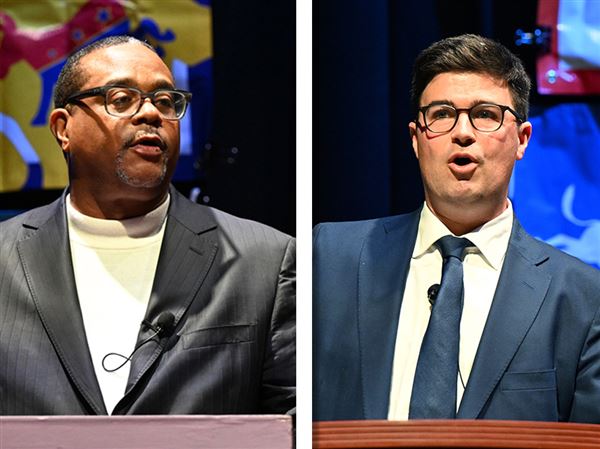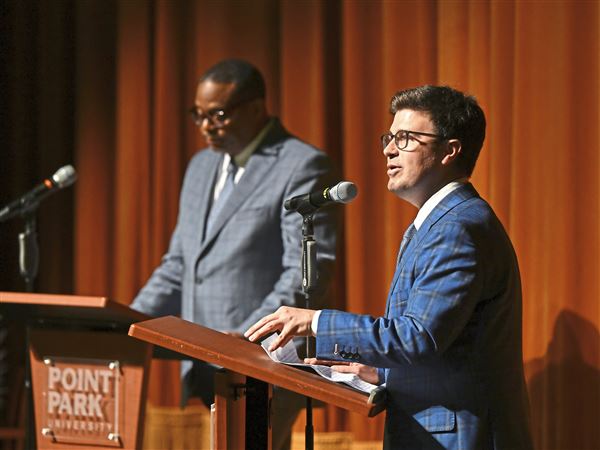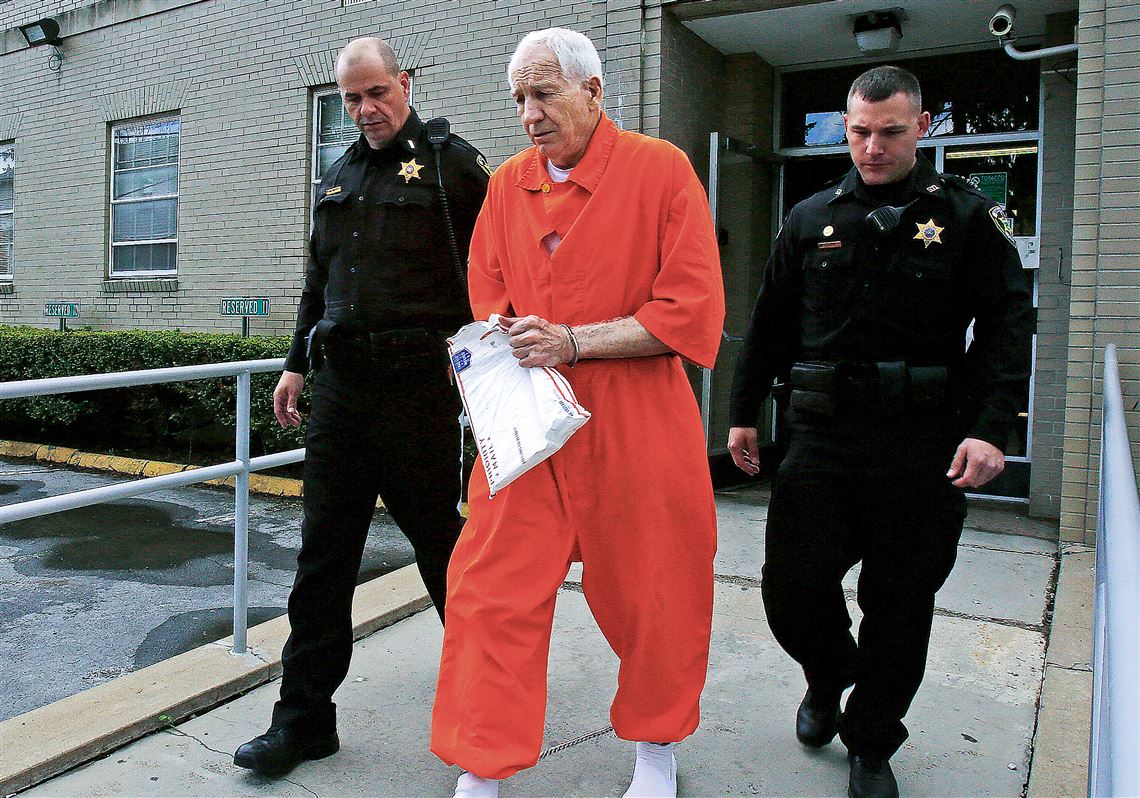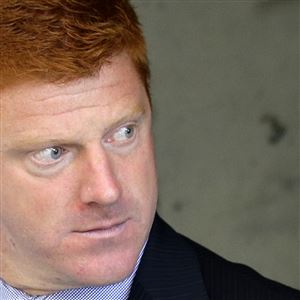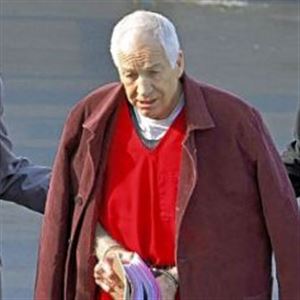STATE COLLEGE, Pa. — Five years after Penn State University was rocked by the Jerry Sandusky sex abuse scandal, the U.S. Department of Education on Thursday levied a record $2.4 million fine against the school for hiding or failing to properly classify and report campus crime.
In a 239-page report, officials cited 11 areas of violations of the Clery Act, the federal law that requires colleges and universities to disclose crimes reported on or near their campuses and warn students about potential threats. Among them is the claim that senior Penn State administrators knew Sandusky was a suspected sexual predator and did nothing.
“In short, a man who was about to be charged with violent crimes against defenseless minors was free to roam the Penn State campus, as he pleased,” read a letter from an Education Department administrator to Penn State President Eric Barron.
Penn State issued a statement emphasizing its efforts in recent years to overhaul campus safety and governance regulations. “While regrettably we cannot change the past, today the university has been recognized for significantly strengthening our programs since 2011,” it said.
The report landed days after a jury ordered the university to pay $7.3 million to Mike McQueary, the former assistant football coach who blamed school officials for destroying his career after he became the key witness against Sandusky and Penn State administrators charged with covering up the crimes.
The Department of Education examination, launched in the days after Sandusky's arrest, stretched back to 1998, when the first complaint about his child sex abuse surfaced.
Its findings included violations that spanned years and had nothing to do with Sandusky, sex crimes or the athletic program. For instance, regulators found, the university failed to report 40 crimes to the federal education department in 2011, the bulk of them drug abuse and liquor law violations. It also was faulted for failing to produce adequate security and fire-safety reports, issue timely warnings in other cases, establish an adequate system for collecting crime statistics and maintain an accurate and complete daily crime log.
The largest portion of the fine — about $2.1 million — was for improperly classifying reported incidents and disclosing crime statistics from 2008 to 2011. Only $27,500 was directly related to the handling of the Sandusky case.
But investigators touched on how a university that placed its football program on such a pedestal may have fostered a culture where crimes were overlooked or misclassified. Their review found “numerous instances where cultural and climate factors in the football program adversely affected campus safety operations, primarily involving the student conduct process.”
One example cited was the university's handling of a 1998 complaint that Sandusky had inappropriately touched a boy in a shower. Not only was the incident not immediately reported, but when it was it was mislabeled as “administrative information.”
The investigators noted they did not find that head football coach Joe Paterno had interfered in police investigations or overlooked violations by players. But “as the university took steps to enhance and formalize its student disciplinary processes, Paterno repeatedly resisted attempts to have these measures applied to his program,” they wrote. “These attempts unquestionably adversely affected the administration of the student conduct process.”
Education Department administrator Susan Crim said investigators found that prior to Sandusky’s indictment the university had significant evidence that he was a threat but continued to allow him access to campus facilities.
A former senior athletic official told the department’s review team that in early 2011 — months before the criminal charges — that he was directed by a university lawyer to take away Sandusky’s keys to campus facilities. Sandusky refused and continued to have access until the university changed the locks, Ms. Crim wrote.
“He posed an immediate threat to students, employees, as well as to estimated 20,000 children participating in youth camps at Penn State every year, and the many thousands more attending concerts, sporting events and other activities on the Penn State campus,” her letter said.
The university has until Nov. 25 to contest the fine and request a hearing or agree to pay it. Several members of the university's board of trustees, meeting this week at University Park, declined comment. The previous record fine under Clery was $357,500 imposed on Eastern Michigan University, the education department said. Under a settlement, the university paid $350,000.
The Clery Act became law in 1990, named after Jeanne Clery, who was raped and murdered in her dorm room at Lehigh University in 1986.
The Clery Center, which helps universities comply with the federal law, said the report and fine offer “powerful guidance for institutions across the country.”
Penn State also was fined for lacking administrative capacity to comply with the law; it has since appointed an administrator to oversee Clery compliance and and has trained thousands of employees on the law.
Among materials that the department reviewed for its inquiry was the controversial investigative report by former FBI director Louis Freeh on the university's handling of the Sandusky matter.
In his 2012 findings, Mr. Freeh flagged potential problems with Penn State's Clery Act compliance and found its incomplete implementation at the university was a contributing factor in “the failure to report child sexual abuse committed by Sandusky.”
First Published: November 3, 2016, 6:54 p.m.
Updated: November 3, 2016, 7:03 p.m.

